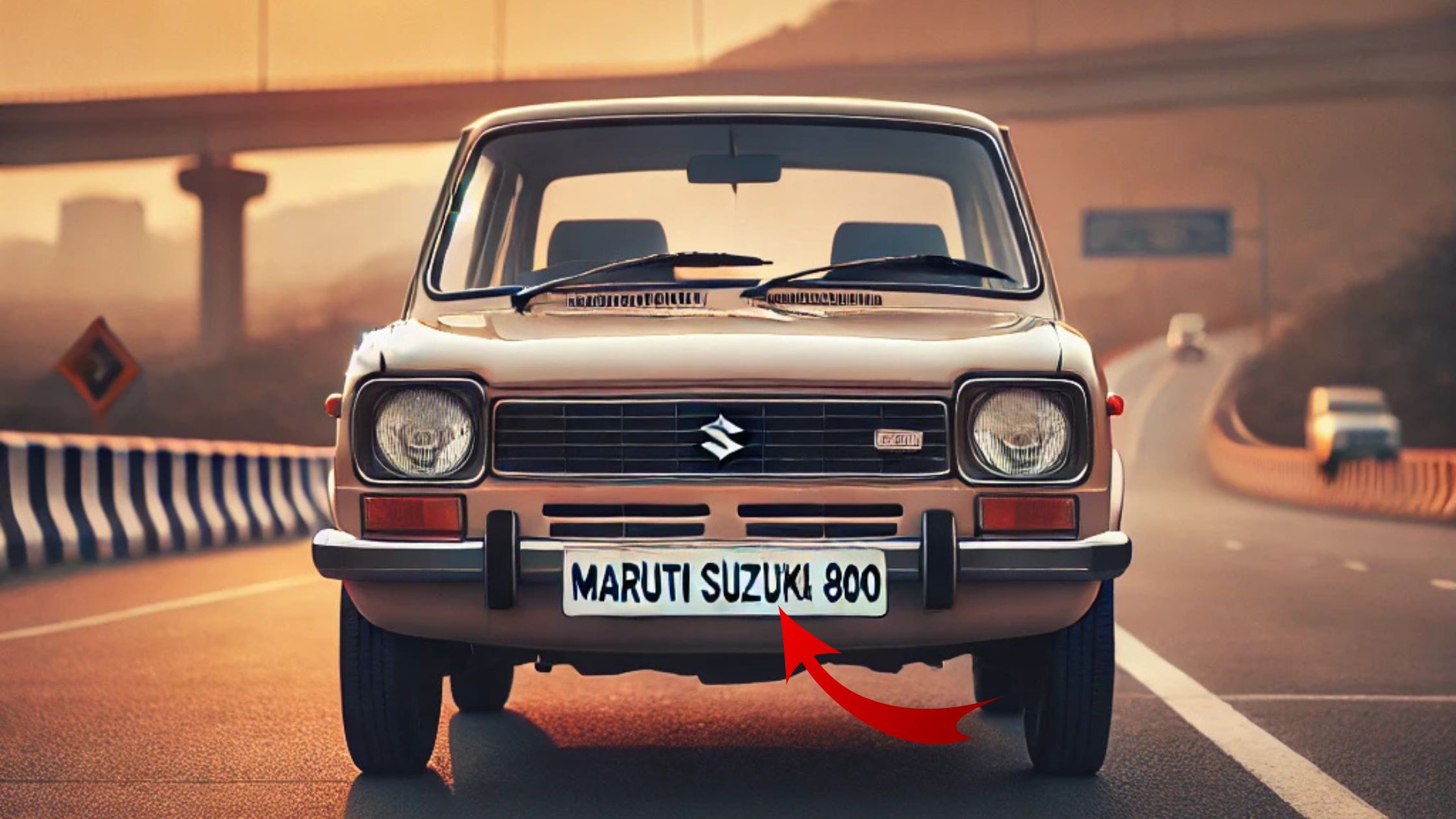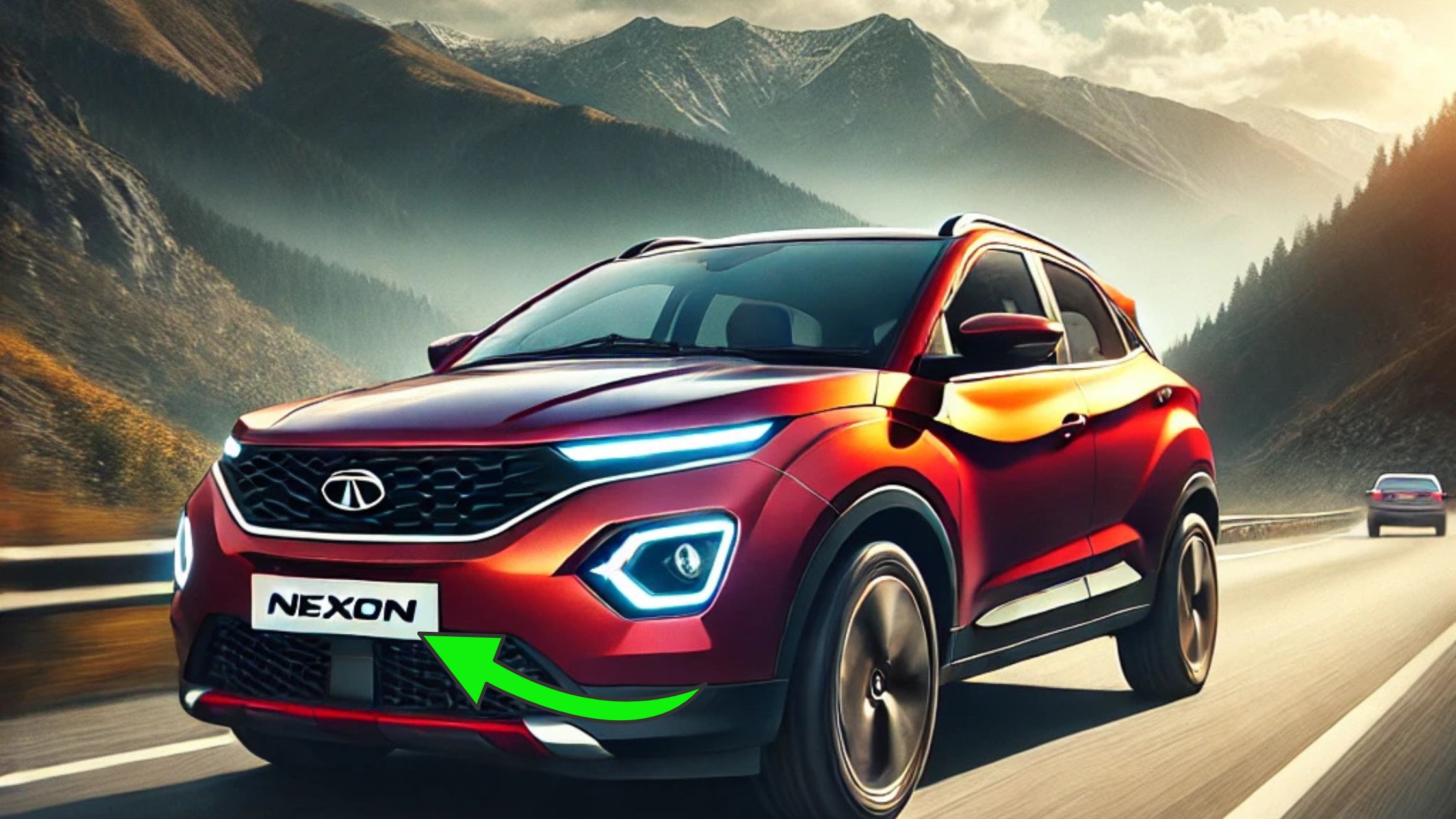The Maruti Suzuki 800 is not just a car; it is an icon of our culture. For decades, this unassuming little hatchback kept the Indian middle-class mobile, breaking the caste system of cars in a nation of scooters and Ambassadors. Although it was retired in 2014, its legacy has survived. Here’s what earns the “800” its memories:
Design & Mistake: Minimalism at Its Best
The Maruti Suzuki 800’s utilitarian, no-nonsense design was its superpower. At only 3.3 meters long, it shoehorned itself into Mumbai’s alleyways and Delhi’s parking madness with effortless ease. The lightweight body (650 kg), coupled with upright windows, provided memorable visibility, and the interior’s size worked well, easily seating four (at least for the 1980s). Plastic panels and vinyl seats screamed of simplicity, but that also spoke of durability, which was key in surviving monsoons and dusty summers.
The small engine with a big heart
The 796cc, 3-cylinder petrol engine produced 37 bhp — hardly enough to even go onto the highway today. But in its best form, the Maruti Suzuki 800 had an extremely peppy throttle and decent 32 Nm torque, which made it perfect for city commutes. It went 0–60 km/h in 15 seconds (an eternity by modern standards) and had a top speed of 120 km/h, but the vibrations at speed would give you pause about your life choices.
Mileage: 16–18 km/litre (most modern cars give lesser!).
Driving pleasure: Light as a feather steering and a short gearbox made it delightful in busy traffic.
VERDICT An anachronism by today’s standards, but a masterclass in “good enough” engineering.
Comfort & Features: Basic but Honest
Forget airbags, AC or power steering (in the early models). The Suzuki 800’s “features” were its durability and repairability. The back seat, a bench-style model, served as a nap zone for children, and the trunk (if you could call it that) carried a weekend’s worth of groceries. Later models offered basic A/C and cloth seats, but this car never was about luxury.
The People’s Champion: Reliabilty & Maintenance
The genius of the Maruti Suzuki 800 was its simplicity. With carbureted engines, mechanical components, and a suspension like a tank, it was a mechanic’s favorite. Indeed, spare parts remain affordable and plentiful. Owners swear that with basic care, these can last 30+ years.
Common Issues:
Rust in door panels (a rite of passage).
Fuel line blockage due to ethanol blend fuel.
Timing chain rattle (₹2,000 fix).
NOSTALGIA FACTOR: More Than a Car
The Maruti 800 was India’s first “family car,” a class marker of upward mobility. For Gen X/Millennials, its dinky horn and puttering engine frame childhood memories of road trips, school drops and dadi ma ke ghar summer vacations. Restored 800s command ₹1–2 lakh as retro collectibles today.
Which Used Maruti 800 You Should Buy in 2024?
Yes if:
You need a ₹50k–₹1 lakh beater for your city errands.
You’re a do-it-yourselfer looking for a project car.
You lust after the analog driving experience.
No if:
Safety (no airbags, tin-can construction) is paramount.
And you require modern conveniences like AC or Bluetooth.
Alternatives to Consider
Maruti Alto 800: A reinvention of the wheel, with a little extra roundiness.
Renault Kwid: Cool budget hatchback with airbags.
Tata Tiago For safety-conscious buyers
Final Words
The Maruti 800 is a time capsule — a piece of history and a reminder of a time when cars were tools not status symbols. It is slow and cramped, and would be unsafe by 2024 standards; its Midwestern charms lie in its stubborn refusal to die. If simplicity over specs matters to you, the 800 has remained the “King of the Indian Road.”
Rating: ⭐⭐⭐☆ (3.5/5) – Legendary and only for those of brave heart
- 2025 Tvs Raider 125 launch with dhansu style and mileage is 65kmpl
- Hero Passion Pro Mileage 2025: Real-World Performance & Fuel Efficiency
- Best bikes under 1.5 lakh on road price: Top Picks for 2025
- iBomma Telugu Movies New 2025 – Latest HD Releases & Updates
- Mahindra Thar Top Model: Price, Features & Off-Road Performance Review (2025)



